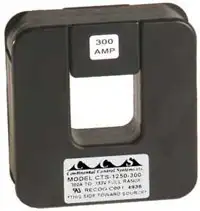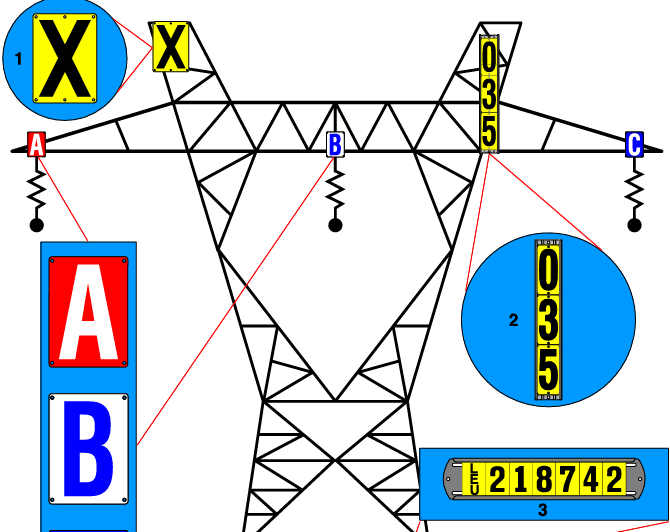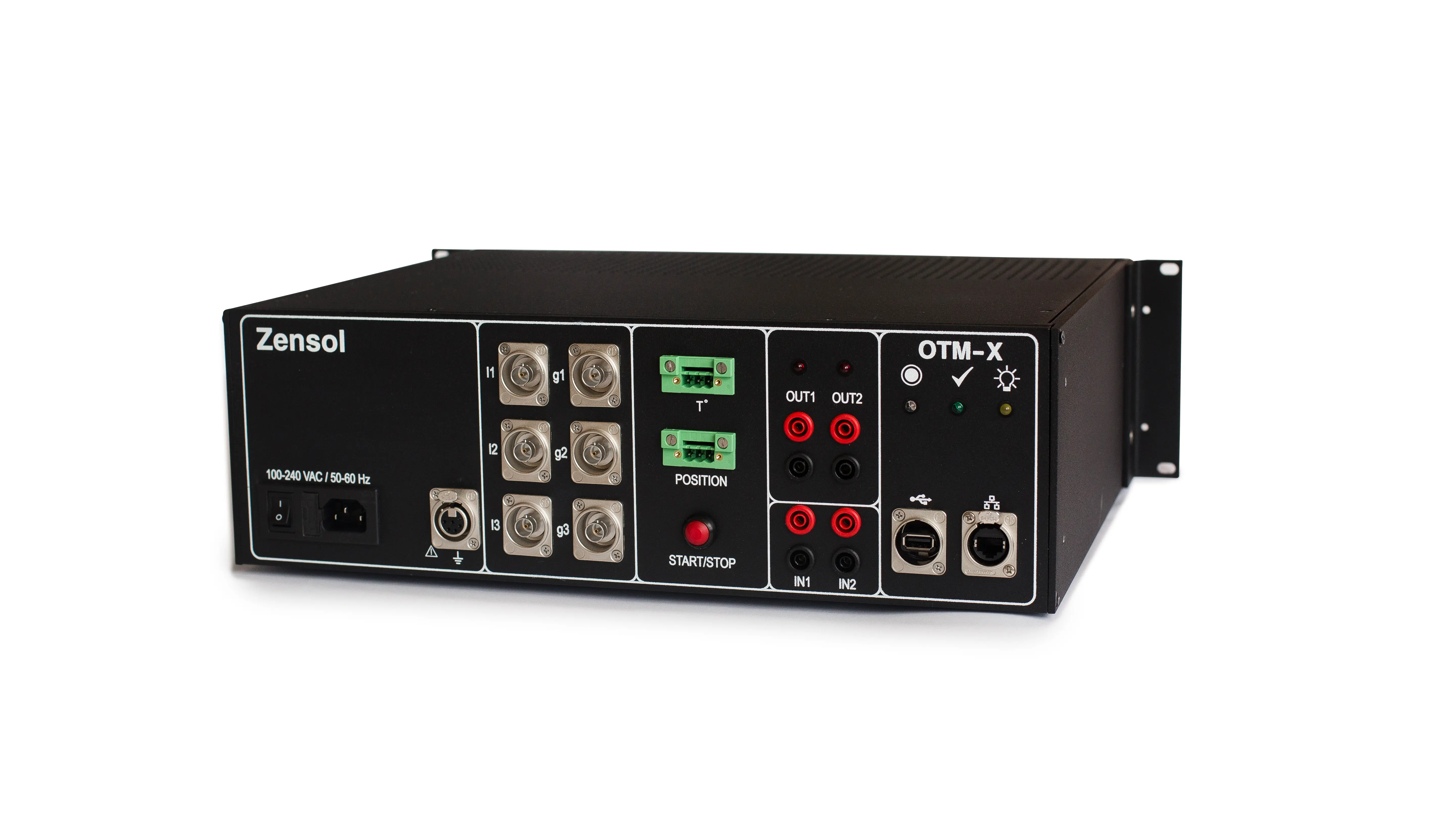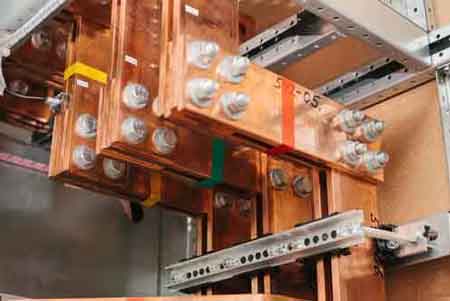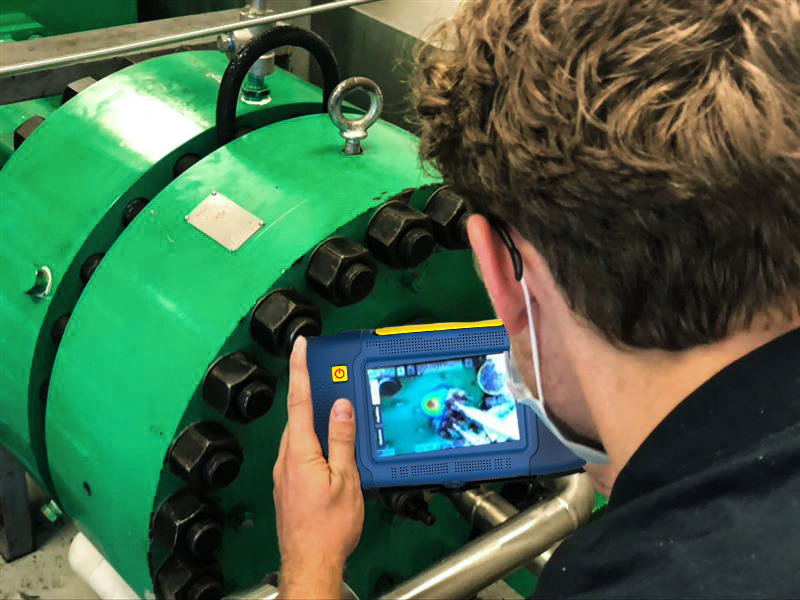Understanding Circuit Breakers With Only 8 Switches
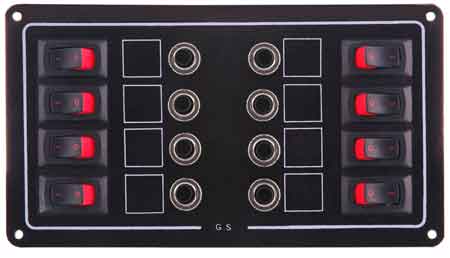
Protective Relay Training - Basic
Our customized live online or in‑person group training can be delivered to your staff at your location.

- Live Online
- 12 hours Instructor-led
- Group Training Available
Download Our OSHA 4474 Fact Sheet – Establishing Boundaries Around Arc Flash Hazards

- Understand the difference between arc flash and electric shock boundaries
- Learn who may cross each boundary and under what conditions
- Apply voltage-based rules for safer approach distances
Circuit breakers with only 8 switches provide compact overcurrent protection for small load centers, handling branch circuits on DIN rail or panelboards with defined ampacity, busbar connections, and interrupting ratings for residential or commercial applications.
What Are Circuit Breakers With Only 8 Switches?
Compact 8-pole breaker units protecting branch circuits with specified ampacity and interrupt ratings for small panels.
✅ Suitable for small load centers, subpanels, and branch circuits
✅ Rated current, trip curve, and interrupting capacity compliance
✅ DIN rail or panelboard mounting with busbar feed options
Circuit breakers with only 8 switches are smaller electrical panels designed to manage and distribute electricity across a limited number of circuits. These panels are commonly used in settings with lower power demands, such as small homes, detached garages, or workshops. The 8 switches, or breakers, each control a separate circuit, ensuring that electrical loads are safely managed and protected from overloads or short circuits. While these panels are compact, they still perform the essential function of interrupting the flow of electricity in the event of a fault, protecting both equipment and people from potential hazards. However, due to their limited capacity, these panels are typically suited for environments where electrical needs are relatively modest. For a concise primer on how breakers detect faults and open safely, see what a circuit breaker is for foundational context.
Electrical systems are a fundamental part of any building, and the panel housing circuit breakers plays a vital role in ensuring the safe distribution of power. In some cases, smaller panels with only 8 switches are used to manage electrical loads. While this setup is less complex than larger panels, it serves specific purposes in various applications. This article explores the uses, limitations, and considerations associated with circuit breaker panels featuring only 8 switches. When choosing hardware for such panels, understanding common circuit breaker types helps align protection with expected loads.
Sign Up for Electricity Forum’s Electrical Protection Newsletter
Stay informed with our FREE Electrical Protection Newsletter — get the latest news, breakthrough technologies, and expert insights, delivered straight to your inbox.
What Are the Typical Applications for Circuit Breakers with Only 8 Switches?
Panels with 8 switches are typically used in smaller residential or light commercial settings where the electrical demand is lower. These systems are often found in the following scenarios:
- Small homes or apartments: In buildings with a limited number of rooms or electrical devices, 8 switches can adequately manage the power distribution across the necessary circuits.
- Vacation homes or cabins: Properties that are used infrequently and have minimal electrical needs, such as lighting, basic appliances, and heating, often utilize smaller panels.
- Detached garages or workshops: These structures may have their own electrical supply separate from the main building. An 8-switch panel can handle lighting, a few outlets, and perhaps a couple of small power tools.
In general, panels with only 8 switches are sufficient for setups that do not require a large number of circuits to manage electrical loads. Complementary safeguards like fuses, GFCIs, and surge protective devices are discussed in this overview of circuit protection devices to help you design a balanced system.
Can a Circuit Breaker Panel with 8 Switches Handle High-Power Appliances?
One of the most common concerns when dealing with smaller panels is whether they can handle high-demand electrical appliances. The answer largely depends on the types of devices being powered and the overall electrical load.
An 8-switch circuit breaker panel can manage lower-powered appliances such as microwaves, refrigerators, or washing machines, provided that the panel's total amperage capacity is sufficient. However, high-power devices like HVAC systems, electric ovens, or heavy-duty industrial machinery may require dedicated circuits that often exceed the capacity of an 8-switch panel. Larger services that routinely feed ovens or HVAC often rely on molded case circuit breakers to provide higher interrupt ratings and thermal capacity.
In homes where high-power appliances are necessary, the panel can become overburdened, leading to tripped breakers or even electrical hazards if not properly managed. It’s important to assess the total electrical load before relying on a small panel to manage high-power appliances. Modern safety codes may also call for arc-fault interrupter breakers in living spaces, which can affect how many circuits you allocate and size accordingly.
What Are the Limitations of a Circuit Breaker Panel with Only 8 Switches?
While these smaller panels serve a specific purpose, they come with several limitations:
- Limited expansion: With only 8 switches, the capacity for future expansion is minimal. If additional circuits are needed for new appliances or building modifications, upgrading to a larger panel may be required.
- Amperage restrictions: These panels typically have lower amperage ratings, making them unsuitable for larger homes or commercial buildings that require higher electrical loads.
- Restricted number of devices: In settings where multiple appliances or devices are used simultaneously, an 8-switch panel can quickly reach its capacity, limiting how many devices can operate at once without overloading the system.
These limitations mean that careful planning is necessary when installing an 8-switch circuit breaker panel. It’s crucial to ensure that the electrical load will not exceed the system’s capacity, as this can lead to performance issues or safety hazards. In multi-panel installations, upstream switchgear coordination can improve selectivity and fault isolation across the distribution.
How Do I Know If an 8-Switch Circuit Breaker Is Enough for My Electrical Needs?
Determining whether an 8-switch circuit breaker panel is sufficient for your needs requires a thorough assessment of your electrical usage. Start by considering the following:
-
Total electrical load: Calculate the total wattage of all the appliances and devices that will be connected to the panel. Make sure that the combined load does not exceed the panel's amperage rating.
-
Number of dedicated circuits needed: Certain high-demand appliances, such as refrigerators, water heaters, or ovens, may require dedicated circuits. If you have multiple such devices, an 8-switch panel may not provide enough slots for safe operation.
-
Future expansion plans: If you plan to add more appliances, devices, or rooms in the future, consider whether the panel will have enough capacity to accommodate these additions.
If your electrical needs are modest, such as in a small home or office space, an 8-switch panel may be perfectly sufficient. However, if you anticipate high-power demand or future growth, you may need to consider upgrading to a panel with more switches or a higher amperage capacity. Where service segmentation is desired without adding breakers, a properly rated load-break switch upstream can provide disconnect capability for maintenance planning.
FREE EF Electrical Training Catalog
Download our FREE Electrical Training Catalog and explore a full range of expert-led electrical training courses.

- Live online and in-person courses available
- Real-time instruction with Q&A from industry experts
- Flexible scheduling for your convenience
Can I Add More Circuit Breakers to a Panel with Only 8 Switches?
In most cases, adding more switches to an 8-switch panel is not possible due to space limitations. These panels are designed to accommodate only a specific number of switches. If more circuit breakers are needed, there are two potential options:
-
Upgrade to a larger panel: If the current panel has reached its maximum capacity, upgrading to a panel with more switches is the safest and most effective solution. A licensed electrician can install a new panel that provides additional space for more breakers.
-
Sub-panel installation: In some cases, a sub-panel can be installed to extend the capacity of the main panel. This is a smaller panel connected to the main one and can provide extra switches for circuits in specific areas of the home or building, such as a garage or basement.
It is essential to work with a qualified electrician to assess whether adding a sub-panel or upgrading the existing panel is the best option. Overloading an 8-switch panel can lead to frequent tripping and potentially hazardous conditions.
Panels with only 8 switches are suitable for specific applications, particularly in smaller homes, vacation properties, or detached structures with minimal electrical needs. However, they come with limitations in terms of capacity and future expansion. Understanding the typical applications and limitations of an 8-switch circuit breaker panel is crucial to ensuring safe and efficient electrical distribution.
For those with high-power appliances or plans for future growth, it’s important to evaluate whether a larger panel or the addition of a sub-panel is necessary to meet electrical needs safely. Consulting with an electrician before installing or upgrading your panel can help avoid common issues such as overloads or frequent tripping, ensuring that your electrical system remains safe and reliable.





